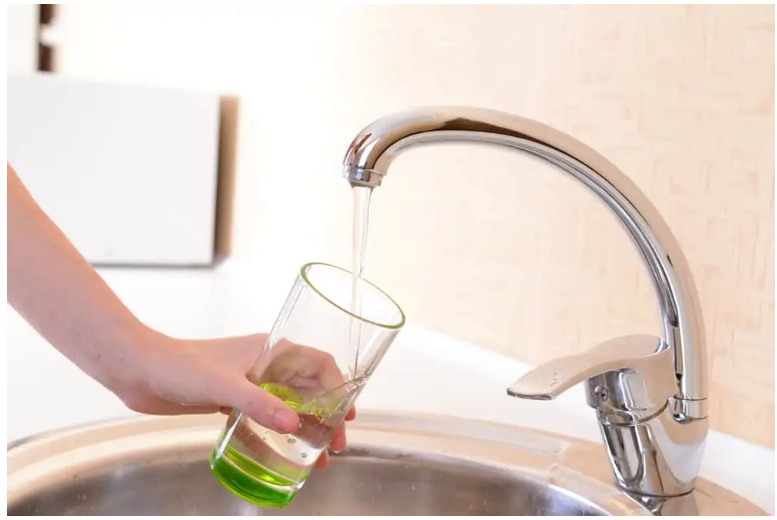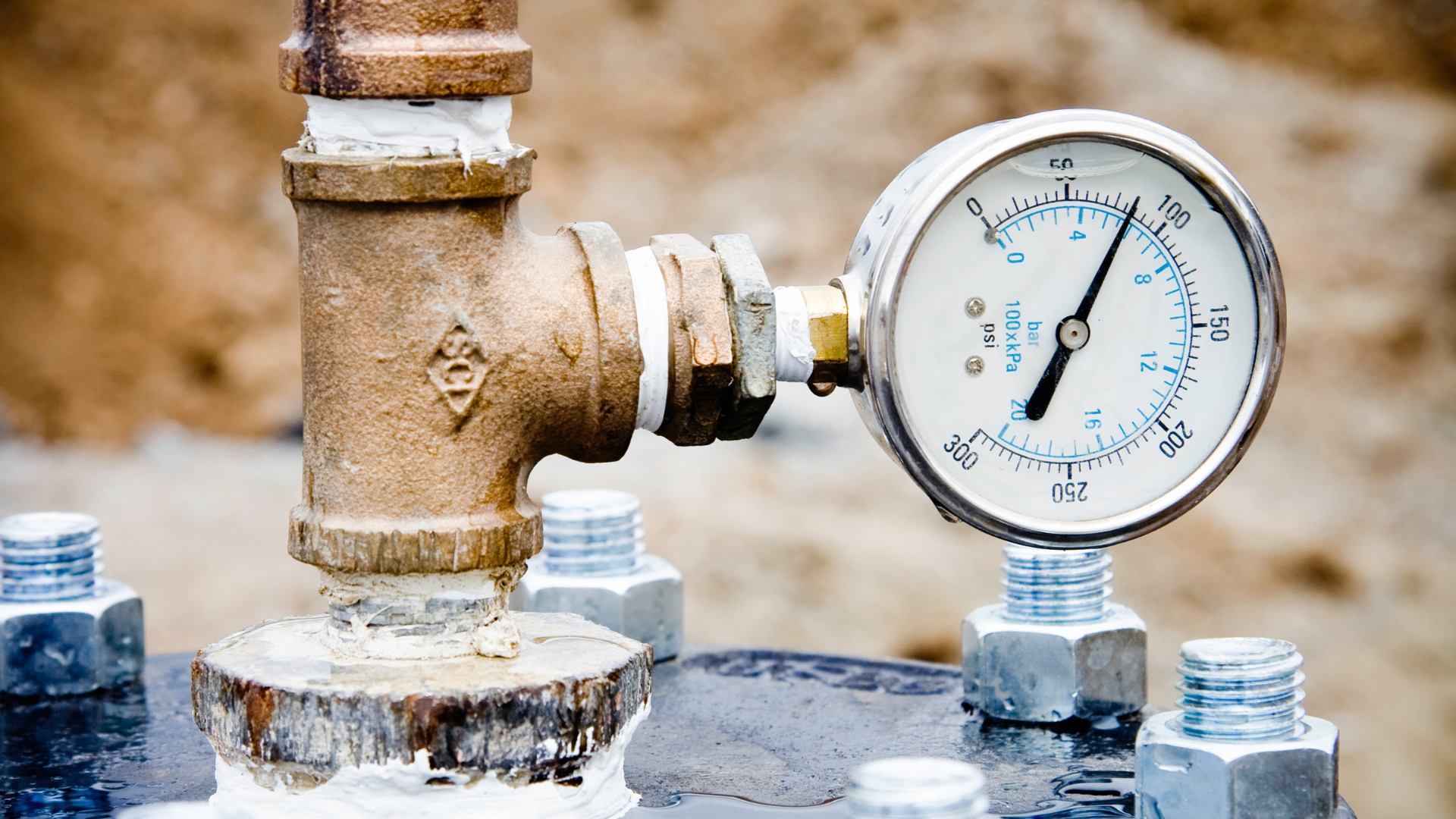Quick Measures to Boost Low Water Pressure in Your Home
Quick Measures to Boost Low Water Pressure in Your Home
Blog Article
What're your thoughts on Low Water Pressure in the House??

Low tide pressure in your home can be a discouraging problem, affecting every little thing from bathing to cleaning dishes. If you're experiencing weak water circulation, there are numerous possible reasons and solutions to check out. In this guide, we'll talk about typical factors for low water stress and functional actions to deal with the problem successfully.
Intro to Low Tide Pressure
Low tide pressure takes place when the flow of water from your faucets, showers, and various other fixtures is weak than typical. This can make everyday tasks more challenging and less reliable. Comprehending the root causes of low water stress is essential to locating the appropriate service.
Usual Causes of Low Water Stress
Faulty Pressure Regulators
Pressure regulators are in charge of preserving consistent water stress in your house. If they malfunction, it can lead to low water pressure or unequal circulation throughout the house.
Metropolitan Water Issues
In some cases, the trouble lies outside your home. Local supply of water concerns, such as main line leaks or maintenance work, can temporarily decrease water pressure in your area.
Pipeline Obstructions
Gradually, pipes can end up being clogged with mineral deposits, sediment, or particles, restricting the flow of water. This is a typical issue in older homes with galvanized steel pipes.
Deterioration
Corrosion within pipes can cause leakages and decreased water pressure. Rust accumulation can restrict water flow, especially in maturing plumbing systems.
Exactly How to Identify Low Water Pressure
Inspecting Pipelines
Examine visible pipelines for indications of leakages, rust, or obstructions. Take notice of any kind of uncommon sounds, such as knocking or rattling pipelines, which might show problems within the plumbing system.
Consulting with a Plumber
If you're incapable to identify the reason for low tide pressure, consider working with a professional plumber to perform an extensive inspection. They can recognize underlying concerns and advise ideal remedies.
Checking Taps and Components
Start by evaluating the water stress at various faucets and components throughout your home. If the issue is separated to particular areas, it may show localized troubles.
DIY Solutions to Fix Low Tide Stress
Flushing Water Heater
Debris build-up in the hot water heater can restrict flow and lower efficiency. Purging the container periodically aids eliminate debris and preserve ideal performance.
Inspecting Stress Regulator
Make sure that the pressure regulator is operating correctly. Changing or replacing the regulatory authority can help restore correct water pressure throughout your home.
Cleansing Aerators and Showerheads
Natural resources can collect in aerators and showerheads, minimizing water flow. Get rid of and cleanse these components consistently to improve water pressure.
Clearing Up Clogs in Pipes
For small blockages, try utilizing a plumbing serpent or chemical drainpipe cleaner to clear obstructions in pipes. Be cautious when making use of chemicals and comply with safety and security standards.
When to Call a Specialist Plumber
If do it yourself initiatives stop working to solve the concern or if you suspect significant plumbing issues, it's finest to seek assistance from a licensed plumber. They have the experience and tools to attend to intricate problems safely and properly.
Preventive Measures to Maintain Water Stress
Installing a Pressure Booster
Think about installing a stress booster pump to enhance water pressure in areas with constantly low flow. This can be specifically valuable for multi-story homes or properties with high-demand components.
Surveillance Water Use
Bear in mind water use habits and avoid ill-using the plumbing system. Easy modifications, such as shocking showers and washing lots, can aid maintain appropriate water stress.
Normal Maintenance
Schedule regular upkeep for your plumbing system to prevent problems such as corrosion, leakages, and blockages. Addressing minor issues early can help avoid more substantial fixings in the future.
Conclusion
Handling low water stress can be discouraging, however determining the underlying causes and implementing suitable solutions can recover ideal circulation throughout your home. Whether it's cleaning aerators, examining pipelines, or consulting with a plumber, taking positive actions can make sure a consistent supply of water for your day-to-day needs.
FOUR WAYS TO FIX LOW WATER PRESSURE NOW
Turning on a shower or faucet only to find the water comes out in a sad, slow drizzle is never a good feeling. How exactly are you supposed to wash a pan or take a quick shower when it takes 10 minutes just to rinse off a little soap? The good news is that when your water pressure is bad, there's always a cause: typically one that can be easily fixed. Here are some of the most common causes of low pressure and what you can do to fix the issue:
DEBRIS AND MINERAL DEPOSIT BUILDUPS
If you notice low water pressure from just one or two of the fixtures in your house, the problem likely has to do with debris buildup. Water is full of minerals and other debris, all of which can accumulate in your pipes and on your fixtures. This can cause a blockage that affects how much water flows through. To fix this, try filling a small plastic bag with white vinegar, and use a rubber band to hang it around your showerhead or faucet. Let the head of the fixture soak for a few hours, and the vinegar should loosen the deposits.
WATER LEAKS
Leaks are another common cause of low water pressure. If water is flowing out of your plumbing through a hole or crack before it can reach your fixture, the pressure coming out of the faucet or showerhead will be lower. A plumbing professional is your best bet for finding and repairing a leak in your water supply pipes.
Leaks are another common cause of low water pressure. If water is flowing out of your plumbing through a hole or crack before it can reach your fixture, the pressure coming out of the faucet or showerhead will be lower. A plumbing professional is your best bet for finding and repairing a leak in your water supply pipes.
A VALVE ISSUE
If you have low water pressure throughout your home, check your main shut-off valve to make sure it's completely open. You may also want to see if there's a pressure-reducing valve installed. If there is, have a plumber help you adjust the settings to get the pressure you're looking for.
OTHERS USING WATER
Believe it or not, your low water pressure could be caused by your neighbors. If you notice low pressure at certain times of day, it may be because you and the people living next to you have similar schedules - when everyone is showering at the same time, the pressure will be lower in every home. Low pressure throughout the neighborhood may also be caused by an issue with your municipal water supply. If that's the case, call the supplier to see if they're working on the issue.
https://www.rotorooter.com/blog/water-leaking/low-water-pressure-fixes/

Do you enjoy reading up on 9 Reasons for Low Water Pressure in Your House? Give a remark down below. We'd be glad to see your opinions about this blog entry. Hoping that you come back again before long. In case you enjoyed reading our blog post please do not forget to pass it around. I recognize the value of reading our article about 10 Reasons for Low Water Pressure in Your House.
Click For More Information Report this page